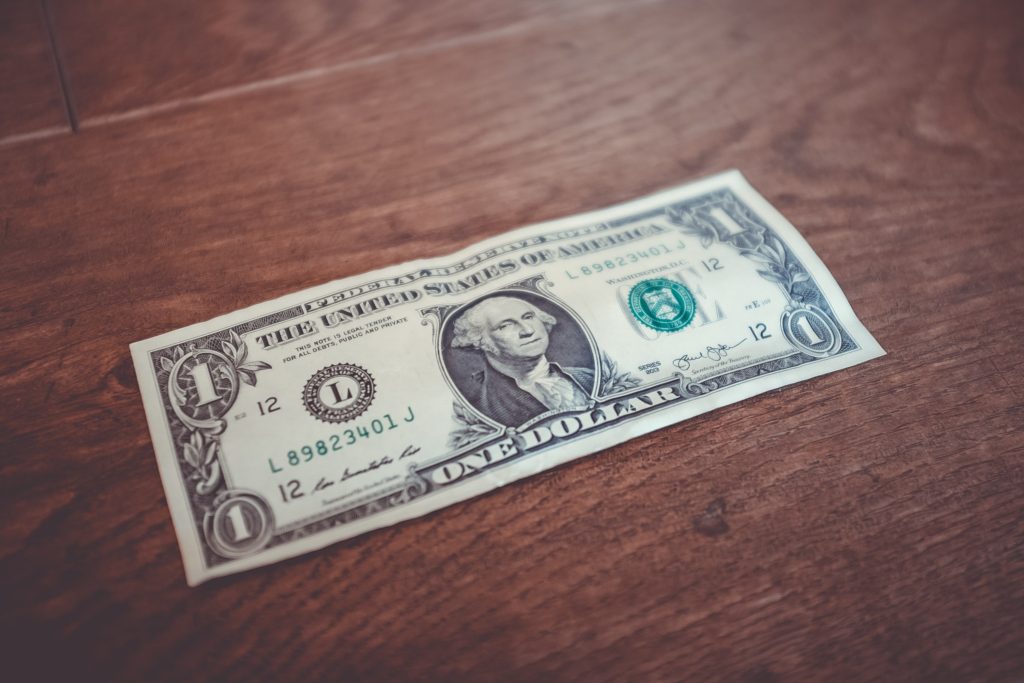The PPP free-cash program to assist businesses during the COVID-19 pandemic is gaining traction and clarity. If you operate your business as a partnership, you have several recent developments that make the free-cash program more to your benefit.
- Partner’s Self-Employment Income Creates Cash and Forgiveness
Just as sole proprietors failed originally to ask for their PPP cash assistance, so did many partners.
Three things to note here:
- The partnership (not the individual partner) applies for the PPP loan.
- The deemed payroll amount that the partnership uses for the partners is their 2019 self-employment income (both guaranteed payments and ordinary income).
- If the partnership filed for the PPP loan based on its employees, but failed to include any dollar amount for the partners, the U.S. Small Business Administration (SBA) in an interim final rule authorizes the lender to increase the loan amount for the appropriate partners’ deemed payroll inclusion that was left out of the original application.
- Paid and Capped
Line 9 of the SBA official forgiveness application reads as below:
Line 9: Enter any amounts paid to owners (owner-employees, a self-employed individual, or general partners). This amount is capped at $15,385 (the eight-week equivalent of $100,000 per year) for each individual or the eight-week equivalent of their applicable compensation in 2019, whichever is lower.
Note the word “paid.”
In general, payments to partners don’t occur in a pattern that would equal the amount needed during the eight-week covered period.
To protect the partnership’s forgiveness amount, make sure that payments to partners during the eight-week covered period equal the 8/52 of the partners’ deemed 2019 payroll. We have not seen a requirement on the “paid” part, but that word is there. So protect yourself.
- Qualifying Non-Payroll Expenses
When explaining that the partnership had to file for the PPP loan and forgiveness, the SBA stated:
Rent, mortgage interest, utilities, and other debt service are generally incurred at the partnership level, not partner level, so it is most natural to provide the funds for these expenses to the partnership, not individual partners.
- Apply
If your partnership has not applied for its PPP money, do it now. The SBA has plenty of money available for PPP loans at the moment, but you have to think it won’t last long.
- Easier Forgiveness on the Way
On Thursday, May 28, the U.S. House of Representatives approved the Paycheck Protection Program Flexibility Act of 2020 by a vote of 417-1. This bill or something similar will be enacted in June to make it easier for all PPP borrowers to qualify for PPP loan forgiveness.
Here are some highlights from this bill:
- Extends the eight weeks to 24 weeks
- Changes the 75 percent rule to 60 percent
- Changes the two years to five years and retains the 1 percent interest rate
- Changes June 30 to December 31
- Adds exemptions that will increase full-time equivalents and that will increase forgiveness amounts
Will make it easier to obtain forgiveness when you have reductions in your employee
If you need our assistance with either the PPP loan or forgiveness, we are here to be of service. Our office e-mail is [email protected] and the office number is 415-860-6288 (San Francisco), 917-397-0949 (New York) and 713-396-0107 (Houston).


